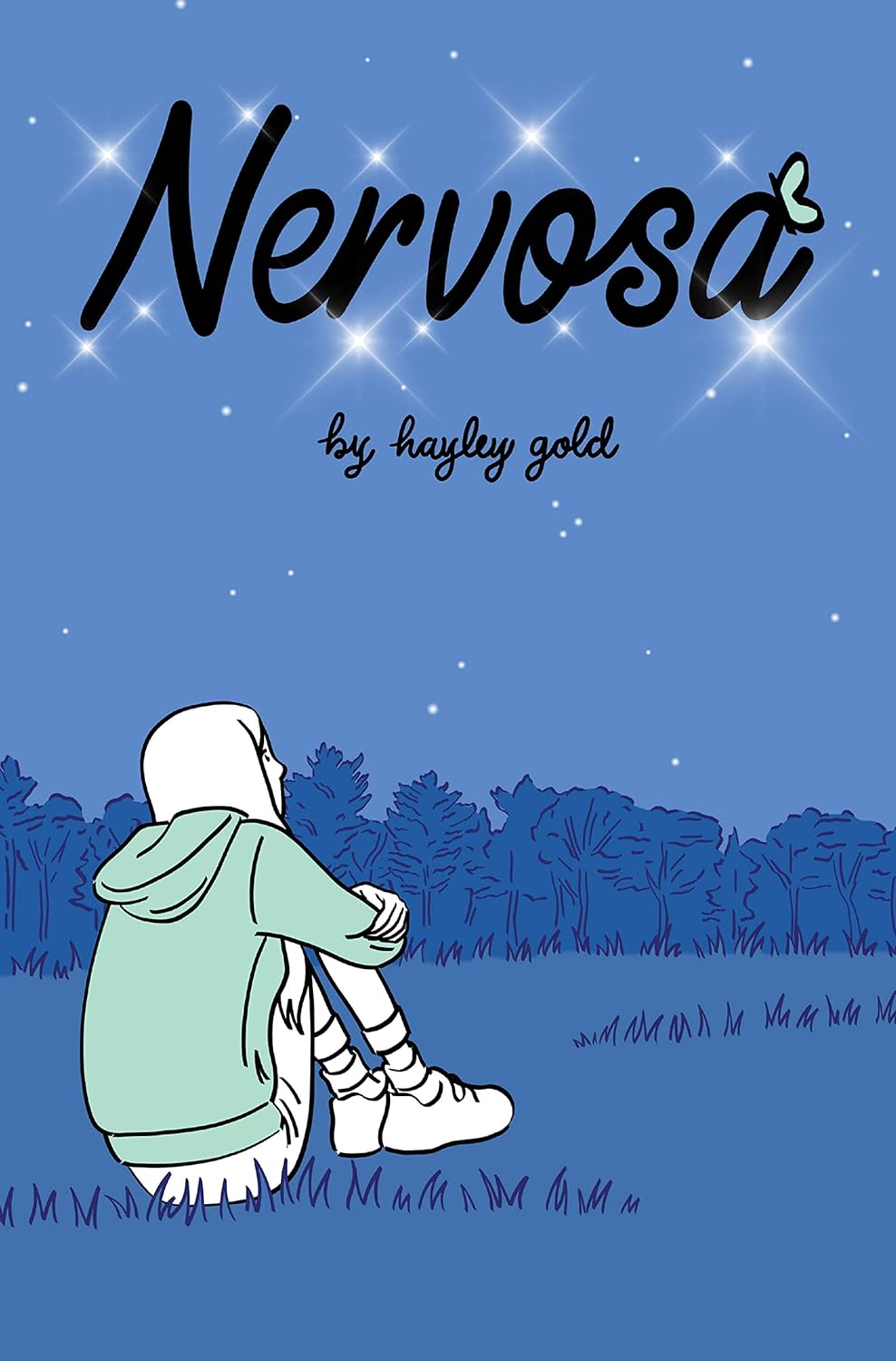2018 School Spending Survey Report
Nervosa
COPY ISBN
VERDICT Challenging in its detail and honesty, this will draw sympathy from readers who recognize similarities to their own struggles, and it may spur readers to really see other people, not just encounter them superficially.
ALREADY A SUBSCRIBER? LOG IN
We are currently offering this content for free. Sign up now to activate your personal profile, where you can save articles for future viewing




Comment Policy:
Comment should not be empty !!!